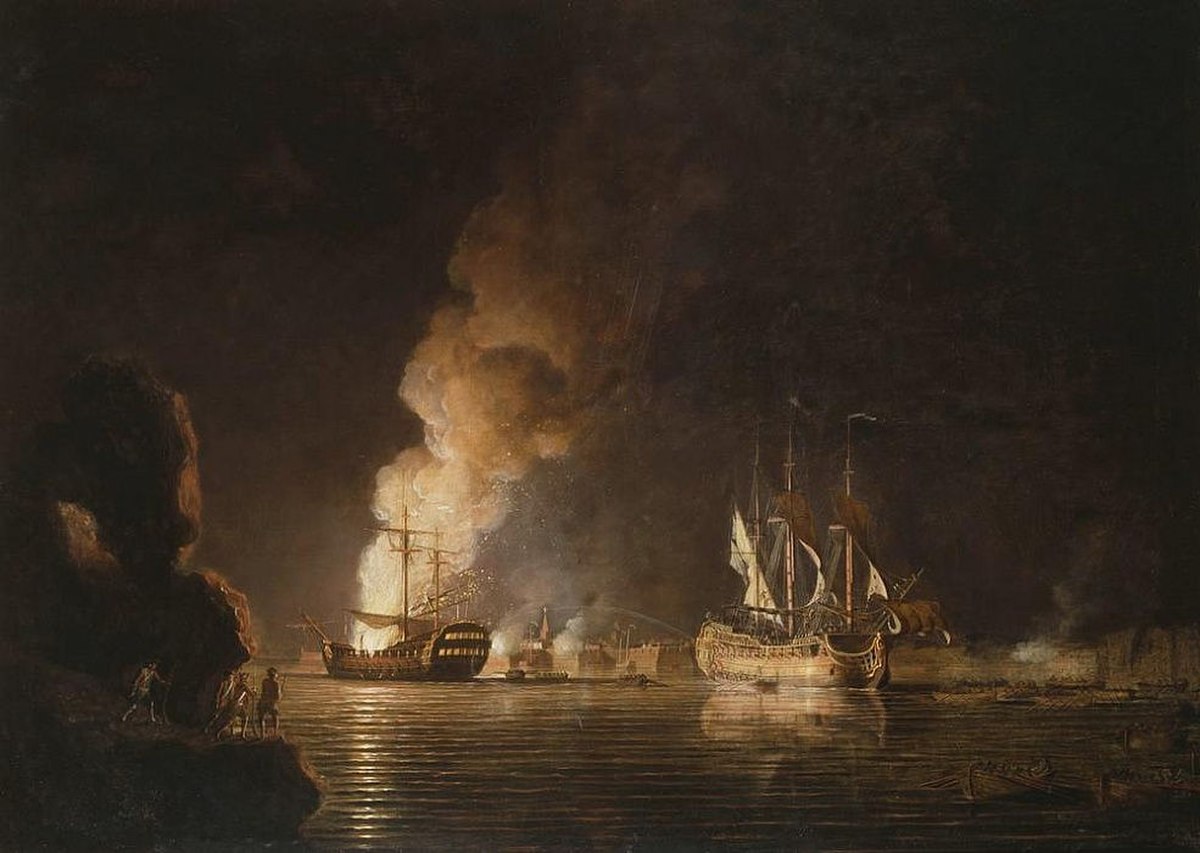
Siege of Louisbourg
Fortress of Louisbourg NationaThe British government realized that with the Fortress of Louisbourg under French control, the Royal Navy could not sail up the St. Lawrence River unmolested for an attack on Quebec. After an expedition against Louisbourg in 1757 led by Lord Loudon was turned back due to a strong French naval deployment, the British under the leadership of William Pitt resolved to try again with new commanders. Pitt assigned the task of capturing the fortress to Major General Jeffery Amherst. Amherst's brigadiers were Charles Lawrence, James Wolfe and Edward Whitmore, and command of naval operations was assigned to Admiral Edward Boscawen.
Continuing heavy seas and the difficulty inherent to moving siege equipment over boggy terrain delayed the commencement of the formal siege. In the meantime, Wolfe was sent with 1,220 picked men around the harbour to seize Lighthouse Point, which dominated the harbour entrance. This he did on 12 June. After eleven days, on 19 June, the British artillery batteries were in position and the orders were given to open fire on the French. The British battery consisted of seventy cannons and mortars of all sizes. Within hours, the guns had destroyed walls and damaged several buildings. On 21 July a mortar round from a British gun on Lighthouse Point struck a 64-gun French ship of the line, Le Célèbre , and set it ablaze. A stiff breeze fanned the fire, and shortly after Le Célèbre caught fire, two other French ships, L'Entreprenant and Le Capricieux, had also caught fire. L'Entreprenant sank later in the day, depriving the French of the largest ship in the Louisbourg fleet. The next major blow to French morale came on the evening of 23 July, at 10:00. A British "hot shot" set the King's Bastion on fire. The King's Bastion was the fortress headquarters and the largest building in North America in 1758. Its destruction eroded confidence and reduced morale in the French troops and their hopes to lift the British siege.
Most historians regard the British actions of 25 July as the "straw that broke the camel's back". Using a thick fog as cover, Admiral Boscawen sent a cutting-out party to destroy the last two French ships in the harbour. The British raiders eliminated these two French ships of the line, capturing Bienfaisant and burning Prudent, thus clearing the way for the Royal Navy to enter the harbour. James Cook, who later became famous as an explorer, took part in this operation and recorded it in his ship's log book.
The fall of the fortress led to the loss of French territory across Atlantic Canada. From Louisbourg, British forces spent the remainder of the year routing French forces and occupying French settlements in what is today New Brunswick, Prince Edward Island and Newfoundland. The second wave of the Acadian expulsion began.
The loss of Louisbourg deprived New France of naval protection, opening the Saint Lawrence to attack. Louisbourg was used in 1759 as the staging point for General Wolfe's famous siege of Quebec ending French rule in North America. Following the surrender of Quebec, British forces and engineers set about methodically destroying the fortress with explosives, ensuring that it could not return to French possession a second time in any eventual peace treaty. By 1760, the entire fortress was reduced to mounds of rubble.
